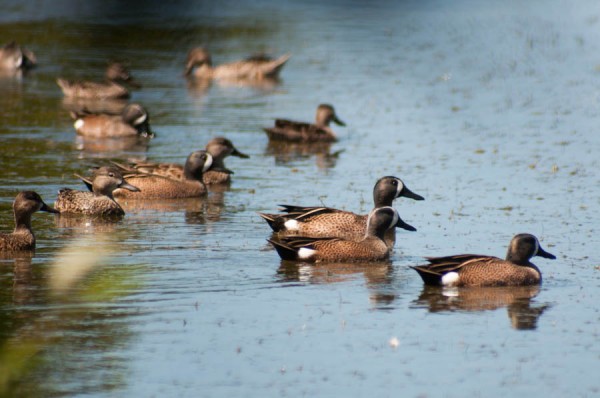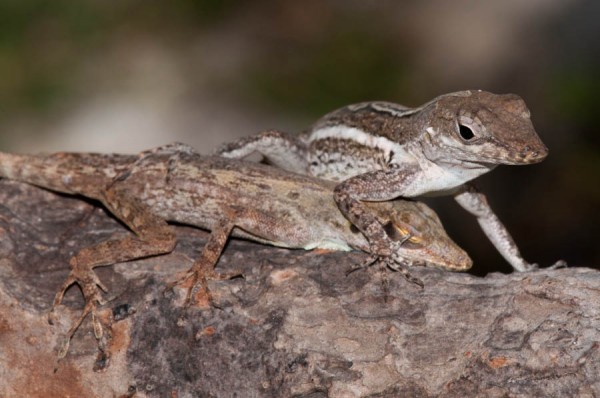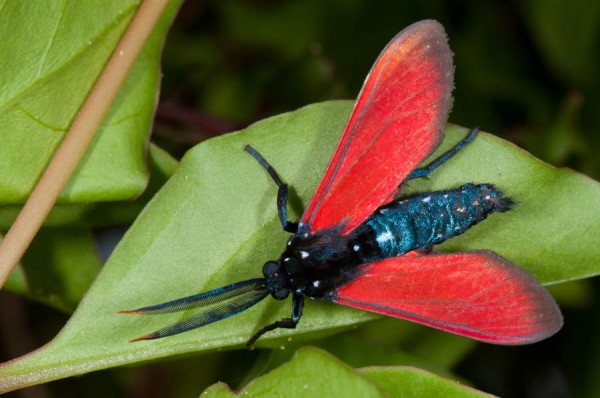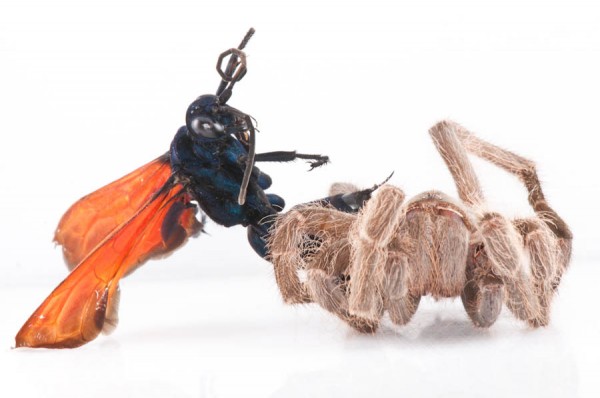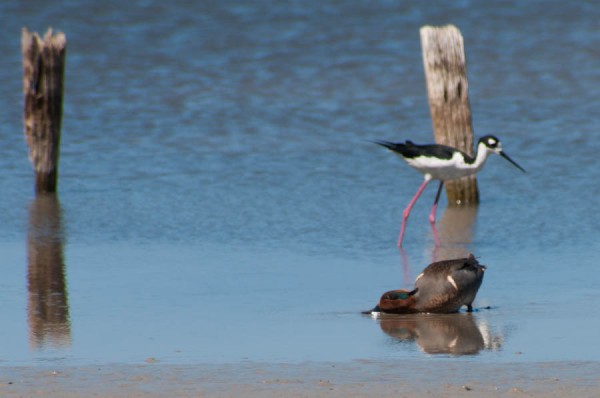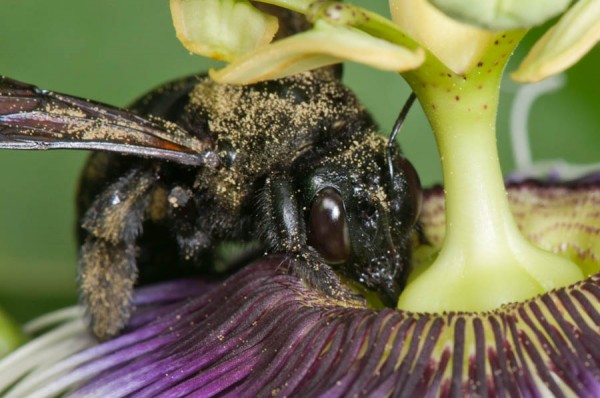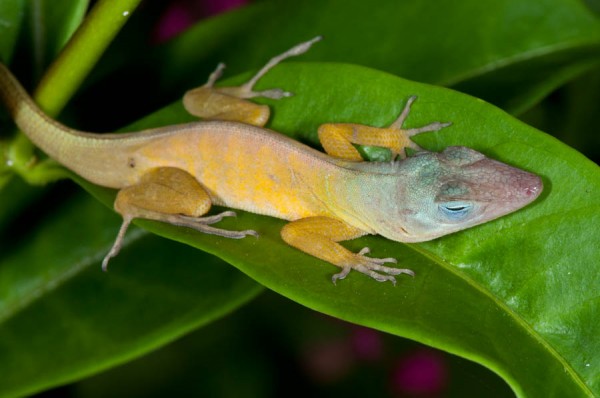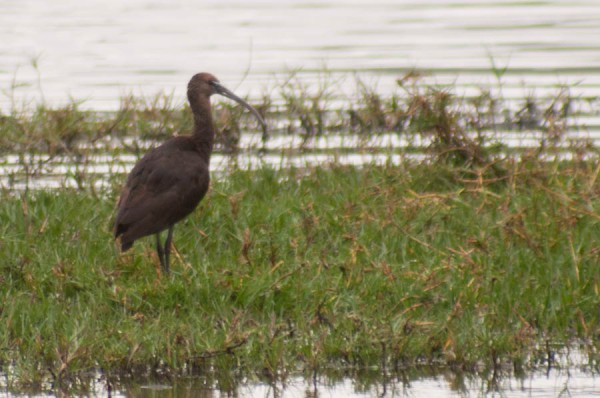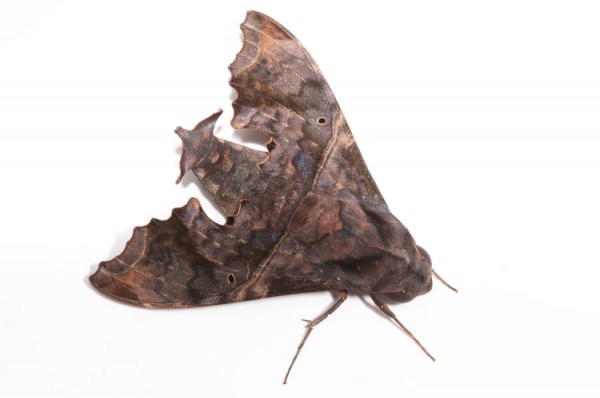House Sparrow
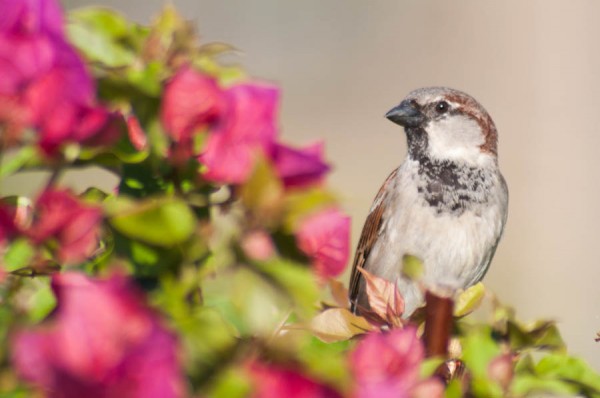
The house sparrow is a European bird that has been introduced to many parts of the world, including St. Martin. It isn’t mentioned in the checklist I have from the mid-1970s, so presumably it arrived here after that. I personally only remember seeing them near (and in) the airport when I was first visiting the island, but lately I have […]

